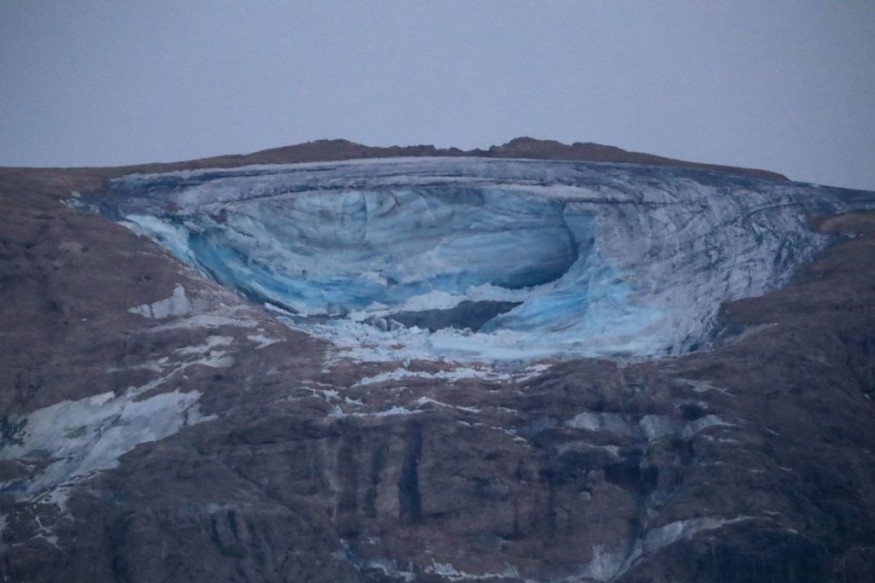An alpine glacier on Marmolada peak in Italy collapsed on Sunday afternoon, July 3. It killed at least six people and injured eight others, who were all hikers traversing the popular trail.
The incident was confirmed by local authorities, who considered the area to still be dangerous even during the aftermath of the ice avalanche.
The glacier collapse consisted of an avalanche of snow, ice, and rock, which struck the hikers as they are were climbing on the mountainside of the Dolomites, a mountain range in northeastern Italy.
Emergency personnel were forced to temporarily postpone the search and rescue operations on Sunday evening.
This is due to concerns that additional glacial collapses will occur on the said mountain.
Initial investigation into the catastrophe reportedly revealed that a rock detachment led to the creation of an opening on the glacier, leading to the eventual and sudden collapse.
Local officials also attributed that an ongoing heatwave in Italy could be the main cause of the glacier breakaway.
Located in the northern Italian Alps, the Dolomites are connected to a group of mountains traversing as far as southern Switzerland, southern Germany, southeastern France, southern Austria, northwestern Slovenia, and Liechtenstein.
Related natural calamities had transpired in the region in the past, killing a number of hikers.
Marmolada Glacier Collapse

Local civil protection official, Gianpaolo Bottacin, stated that the situation was still developing and estimated around 15 people could be missing, as cited by The Guardian.
The looming threat of the Marmolada glacier collapse lies in the potential instability on the Dolomite mountain.
The National Alpine and Cave Rescue Corps also attempted to contact family or friends of the potential victims and survivors of the ice landslide.
The Corps posted a tweet of a phone number to the public in case their loved ones fail to return from the glacier.
Corps spokesman, Walter Milan, said rescue personnel were checking the plate numbers of the parked cars near the mountain as a means to determine how many people were involved in the avalanche.
Prior to the postponement of the search initiative, the operation consisted of at least five helicopters and rescue dogs.
Marmolada has been considered to be the highest mountain in the Dolomites.
Also Read: Collapse of Antarctica's 'Doomsday Glacier' Could Trigger Deadly Tsunamis and Swallow Islands
Ice Avalanche and Heatwave
The Alpine rescue service said that a crucial ice segment called the "serac" collapsed on the Marmolada glacier, as cited by CNN.
While the mentioned partial investigation provided a potential cause of the ice avalanche, other reports have linked it to the ongoing heatwave in Italy since late June.
The collapse occurred amid local temperatures of around 10 degrees Celsius (50 degrees Fahrenheit) at the mountain's peak.
Since early June, Italy and western Europe have been experiencing a prolonged heat dome.
There were no immediate reports suggesting that the Marmolada avalanche was caused by human activity or other factors related to ground movement or vibration.
Avalanche fatalities have increased and one of the major reasons is the spike in mountain industries and recreation, including hiking, skiing, and winter sports, according to the University of Wisconsin Eau Claire (UWEC) in the United States.
© 2025 NatureWorldNews.com All rights reserved. Do not reproduce without permission.





